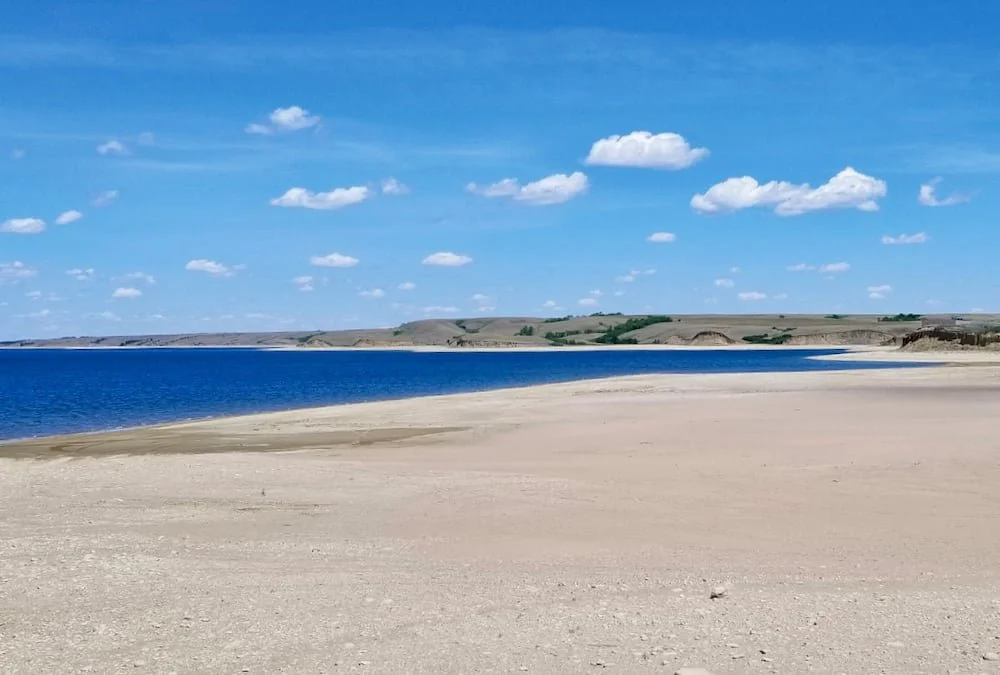In 1967, when the Gardiner Dam backed up the South Saskatchewan River to create the 200-km-long Lake Diefenbaker in the middle of Saskatchewan, the plan was to irrigate 500,000 parched acres. To this day, the giant T-shaped lake — named after Saskatchewan politician and Canada’s 13th Prime Minister, John George Diefenbaker — irrigates only 100,000 to 150,000 acres. “The Dief” is, one might say, an untapped resource, a ’60s-era feat of engineering stuck in vaporization mode. (It is said the lake loses more water to evaporation each year than it gives up for crop watering.)
Rural municipalities want Sask. government to speed up Lake Diefenbaker irrigation project
The Lake Diefenbaker irrigation project is expected to double the amount of irrigable land in Saskatchewan. The Saskatchewan Association of Rural Municipalities wants to make sure it gets done — and soon. Last week, SARM called on the provincial government to provide an update on the state of the irrigation expansion works. "We want this project to go ahead as soon as possible," SARM president Ray Orb said. "We want to make sure that the province is dedicated to finishing these projects, and doing that on a timely basis."
Sask.'s $4B irrigation plan must address changing climate, Indigenous rights: professor
The Saskatchewan government has announced a $4-billion plan to expand irrigation out of the Lake Diefenbaker reservoir. Work is set to begin immediately, and will be completed in three phases over the next decade. CBC reporter Jason Warick spoke Friday with John Pomeroy, a Canada Research chair and director of the University of Saskatchewan's Global Water Futures program.




